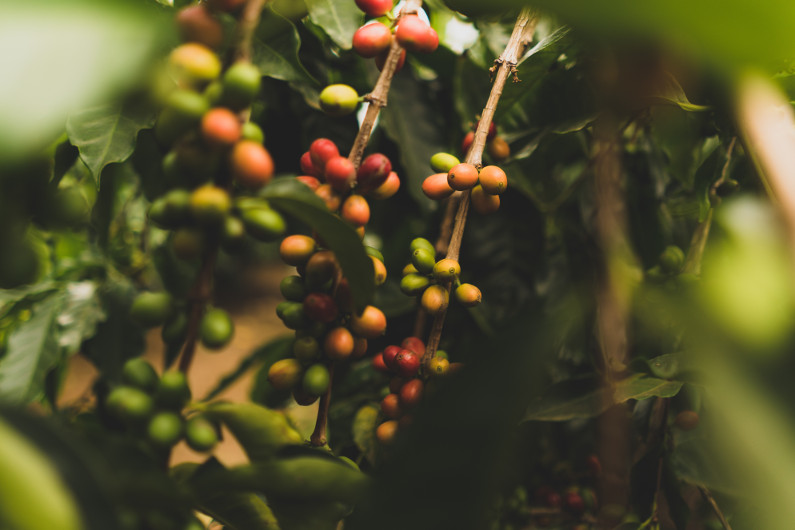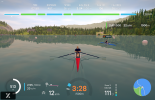I had an Ah-hah! moment when I read this, and just talked with my PT about it. So, thanks so much for this post.
I’ve been walking since 2000. I trained a lot for my first camino, walking with pack on, building up to 15-20 mile weekly walks, etc. And I did the same for my first couple of caminos. Then I decided that I would just maintain my level of fitness year round, so I assumed there was no need to train.
That has generally served me well. My endurance and cardio vascular fitness have always been fine without training, even on caminos where I walked long distances, as many as 43-45 km.
But this year I had a muscle injury that made me stop walking. It all started, I am sure, with the first few days on the Salvador, especially the day in which I took an alternative path that had much more elevation gain than the ”official” camino. My GPS put it at over 1500 m total ascent, though I know that’s not totally reliable. I didn’t think twice about it, had a little soreness and tiredness, but I actually was fine till I got to Lugo on the Primitivo. And then the pain just started increasing and in Arzua I had to stop walking. My muscle pain is greatly reduced but not yet gone, three months and many PT sessions later.
What is lacking in my normal fitness regime is serious focus on strengthening the leg, knee, and hip muscles. In an “average” camino, I think my daily elliptical training and bicycle riding give those muscles enough strength to be fine. But on the more mountainous ones, I fall short. Thinking back over earlier caminos, I remember I also had a knee injury on the Saiatz alternative of the Vasco, but thankfully that one went away. And the descent from Santa Cruz de Serós on the Catalán was a killer for my knees, which hurt all the way into Santiago.
My PT is going to put together a strengthening regimen for me, and I will post it if others think it would be helpful. Since I hope to take a number of mountain alternatives on my hopefully upcoming Lana, I think this will be time well spent.
Many many thanks,
@hikingpal!

www.metaphororganic.com


















